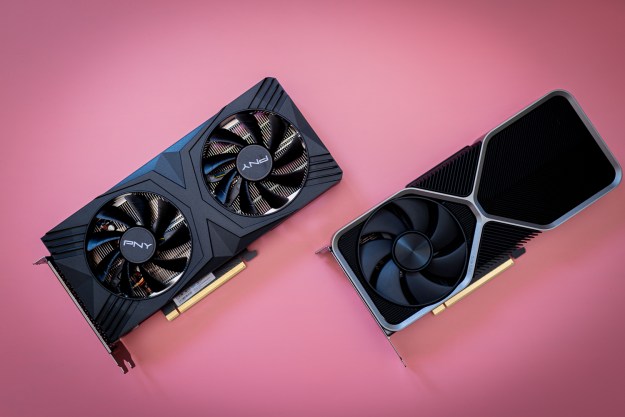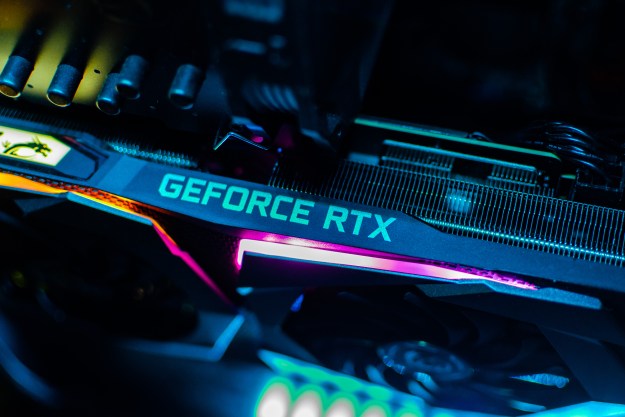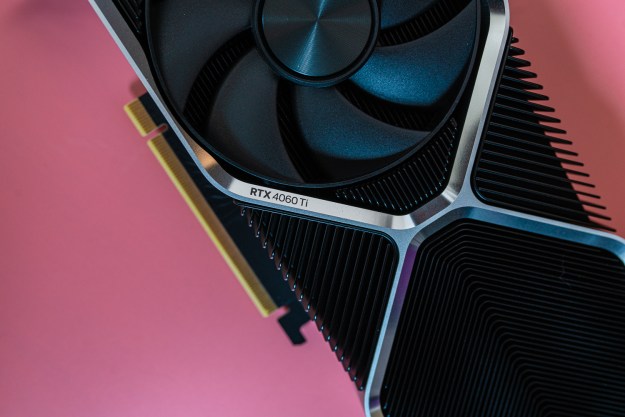
Version 375.86 of Nvidia’s Game Ready Drivers also ensures consistent performance in Ubisoft’s upcoming Survival DLC for Tom Clancy’s The Division, giving GeForce owners a leg up on the post-apocalyptic competition.
The bulk of Nvidia’s latest additions to its Game Ready Drivers specifically target performance hiccups in EA’s World War I-era first-person shooter Battlefield 1. After installing the newest driver update, players will see fewer instances of visual smearing and ghosting, and previously reported desktop flickering issues should now be resolved.
Additional bugfixes present in version 375.86 of Nvidia’s Game Ready Drivers address crashes in games like For Honor and Gears of War 4. Players who reported severe flickering in Dishonored 2 should also see improved performance after updating their drivers, and GeForce users who run Street Fighter V in 4K should no longer see intermittent performance drops.
Other games that stand to benefit from Nvidia’s updated drivers include Quantum Break, Eagle Flight, and Assassins Creed: Syndicate.
The update also adds a temporal SLI profile for Call of Duty: Infinite Warfare, along with a 3D Vision Profile for Ubisoft’s upcoming mountain sports sim Steep. Nividia notes that 3D Vision support for Steep is still in its preliminary testing phases, pending the game’s final release. Players enrolled in Steep‘s open beta can get their first playable glimpse at the game starting on November 18.
Nvidia’s previous driver update offered similar fixes for the recently released PC versions of Call of Duty: Infinite Warfare, Call of Duty: Modern Warfare Remastered, The Elder Scrolls V: Skyrim Special Edition, Obduction, and Titanfall 2. The full suite of updated drivers is available as a free download from Nvidia’s website.
Editors' Recommendations
- Nvidia RTX 50-series graphics cards: news, release date, price, and more
- Nvidia just fixed a major issue with its GPUs
- I tested AMD’s RX 7800 XT against Nvidia’s RTX 4070, and there’s a clear winner
- Nvidia’s peace offering isn’t working
- This mysterious Nvidia GPU is an absolute monstrosity — and we just got another look



